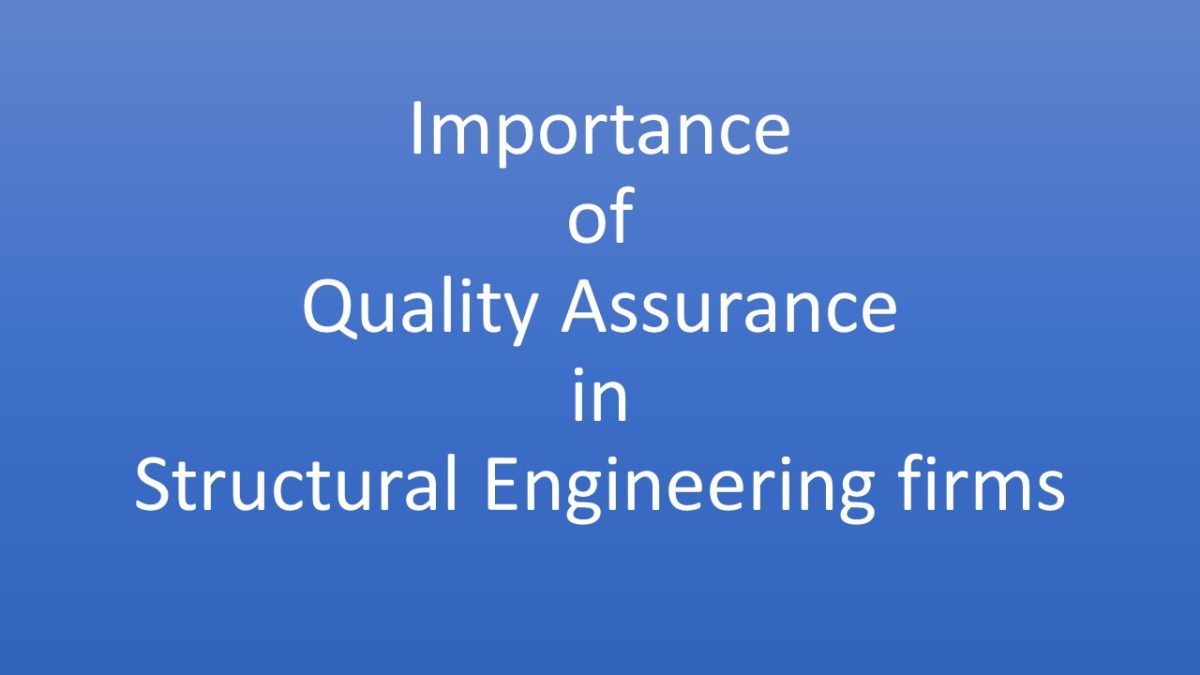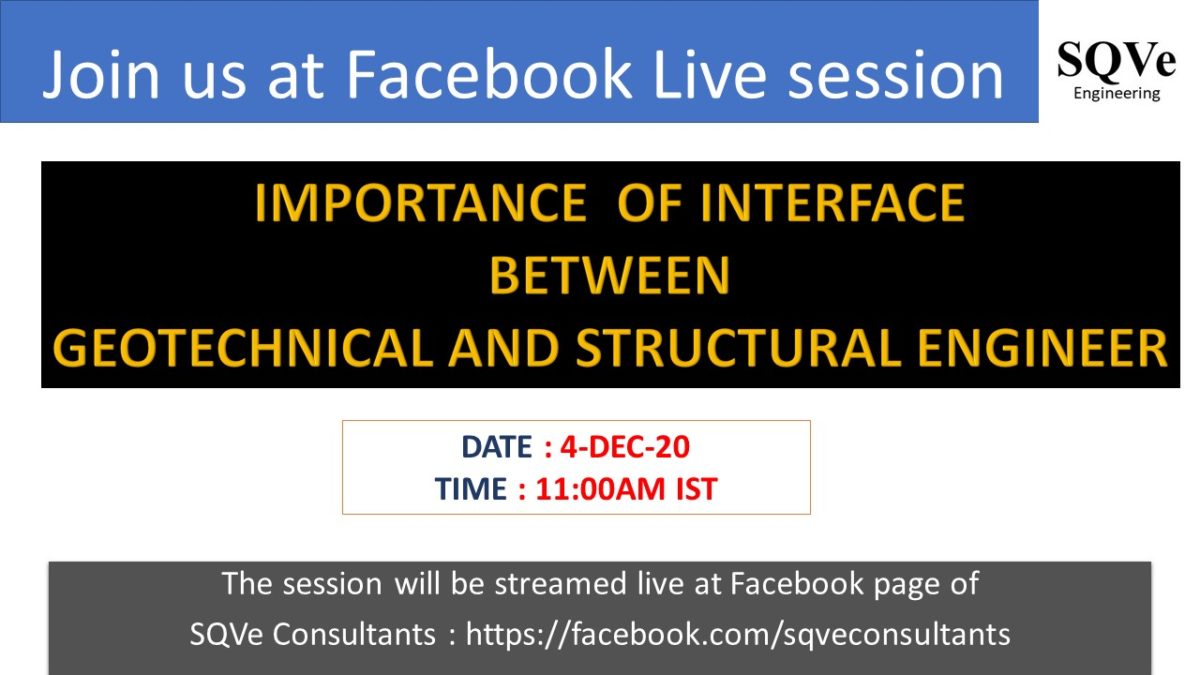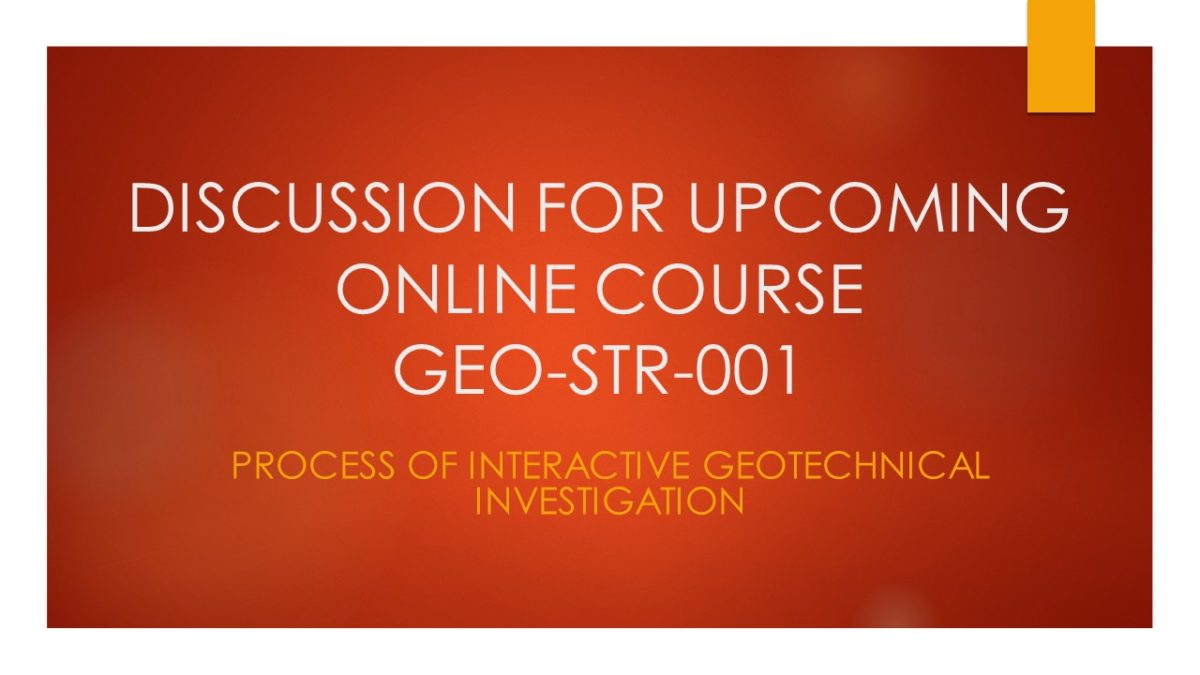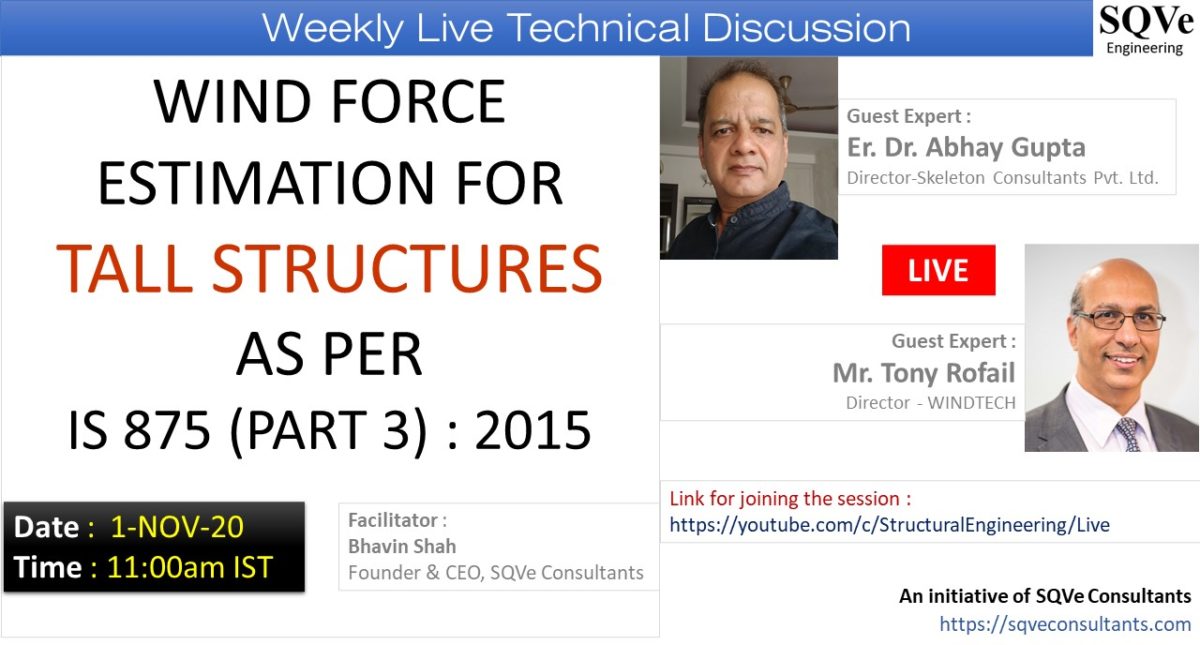Background
Quality assurance is one of the extremely important area for the design engineering consultancy firms. The Quality Assurance covers the broader aspects like compliances to the prevailing regulatory standards, meeting functional & aesthetics requirements, ensuring strength and stability of structures, effective interface to avoid rework at site, generating error free design documents, inclusion of sustainability, safety, constructability aspects, etc. In my opinion to achieve the quality objectives, it is required to define them clearly at initial stage of the project so that the required aspects can be covered during appropriate stages of the projects such as conceptualization, basic engineering, detail engineering, execution, operation, maintenance, etc. In this blog, we are going to talk specifically about the structural engineering firms from the perspective of quality assurance. In upcoming blogs, we will talk more about the multi-disciplinary engineering firms.
Why Quality Assurance is so much important for the Structural Engineering firms or structural department in the multi disciplinary firm?
The prime role of a structural engineer in any project is to ensure the strength & stability of the structures, effective interface with the other disciplines to understand the functional requirements, meeting functional requirements along with the structural requirements, ensuring error free design and documents, compliance to the latest IS codes, generating drawings by taking care of the constructability, sustainability & safety aspects, etc. As structural engineers are taking the prime responsibility for strength and stability of the structure, the quality assurance is extremely important for structures function in the company. In the current scenario, Work From Home is becoming now new normal which again require increased attention on the quality assurance.
What are the common challenges which are being faced by the structures group for quality assurance?
Some of the areas where structures group are facing the challenges are mentioned below:
- The projects are becoming increasingly fast-track, so the availability of time for the detailed design process is one of the major concern.
- Apart from any definite statistics, I am of the opinion that the geotechnical failure is one of the major reason for the failure/collapse of the structures. Hence, interface between geo-technical engineer and structural engineer is very crucial for entire project cycle as well as during operation & maintenance.
- IS codes which are generally used in the design are getting revised gradually to meet the global design practices. The typical revision cycle for IS code is in range of 10~15 years. So, whenever the standards are revised, the consultants have to upgrade the knowledge and the design practices to meet the requirements of the latest codes.
- With the revisions of IS codes and due to internal bugs or improvements, the software are now revised more frequently than before. With every new version of the software, the design engineer has to become acquaint with the same and at the same time, it has to be ensured that the software is free of major bugs. Authentication / validation of the software is extremely important and the engineer should be aware about limitations of the same while performing the analysis & design.
- Generally, the excel sheets are used in the design offices for manual design for the items which are not designed in the software. If the control design sheets are not maintained then after few years, there will be multiple versions available with the design engineers may be with nominal changes. Validation and control of these design means is also important for the quality assurance.
- Frequency of revision of documents is increasing due to internal and external reasons. The chances of errors tend to increase while revising the documents.
- For keeping pace with the global design practices, the engineers should be trained in the areas like performance based design, wind engineering, concepts of structural dynamics for earthquake resistant design, design of steel structures using Limit State Design method, etc.
- Due to higher attrition rate, mid size company might stay in the continuous recruiting mode. Handover of documents and training of newly recruited engineers require substantial investment of time and efforts.
How SQVe can help the company for the above mentioned challenging areas?
- Our unique mixture of technical depth and proficiency of organization development brings on board the effective and practical solutions for the above mentioned problems. The solutions will be highly customized to meet the requirements of the company. We strive towards making the companies strong internally.
- We will associate with the company on need basis and the exact scope of work will be detailed out mutually. The entire work will be divided in three phases, firstly, identifying gap areas, secondly, working out the action plan for improvement and finally providing the hand holding support for the implementation.
- Please get in touch with us to know more about this unique service : contact@sqveconsultants.com . We will schedule online meeting to discuss it further.
Your views/suggestions are welcome.
Bhavin Shah
Founder & CEO, SQVe Consultants







